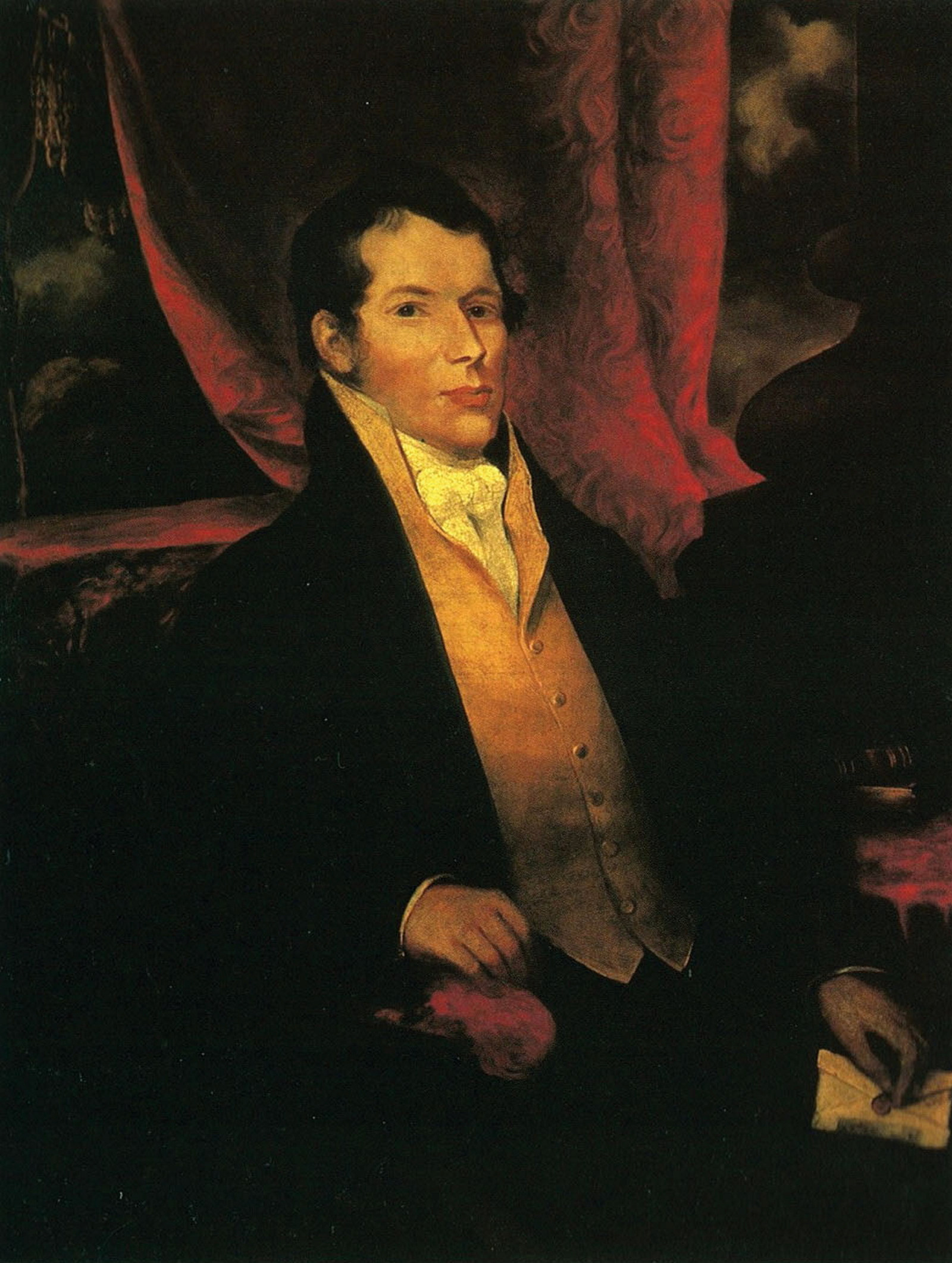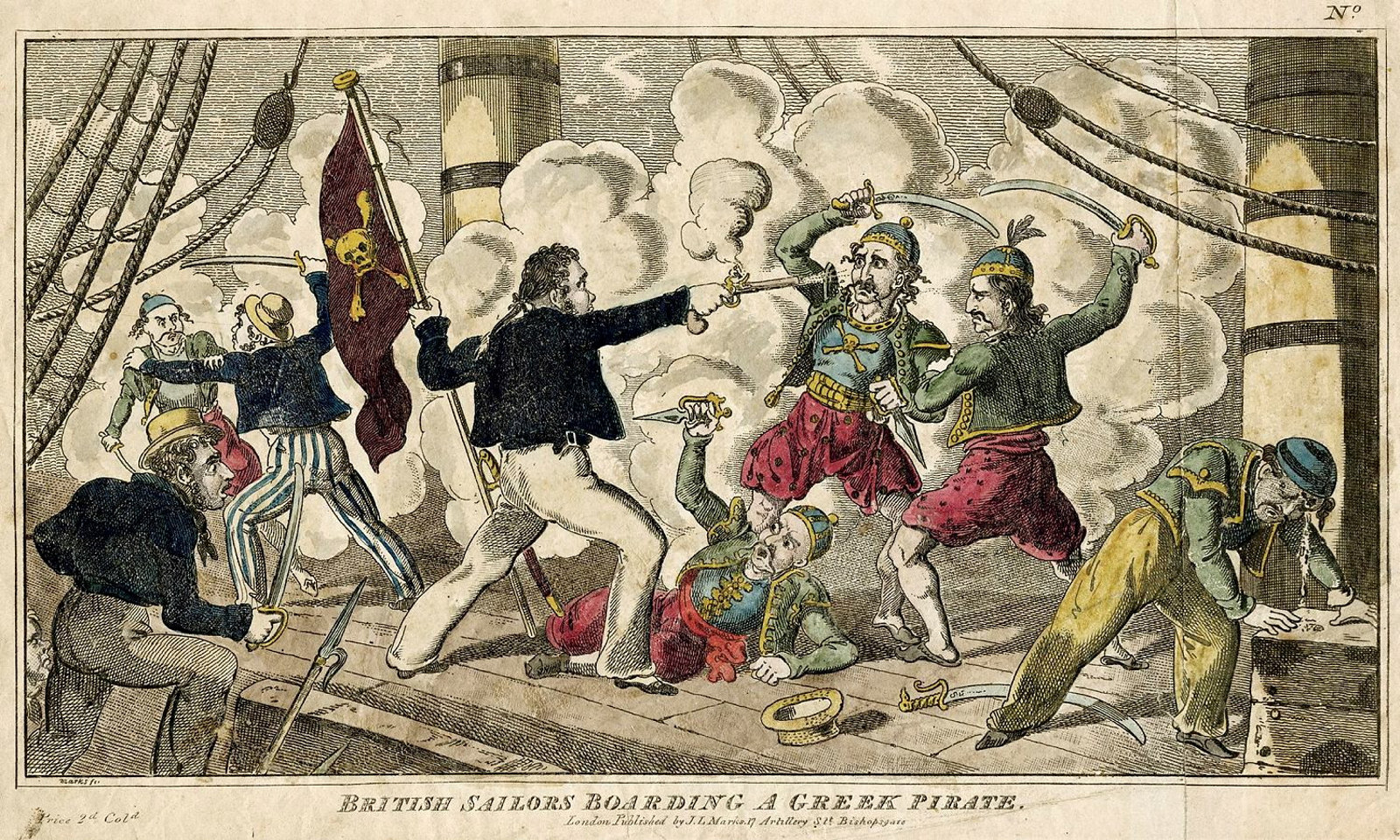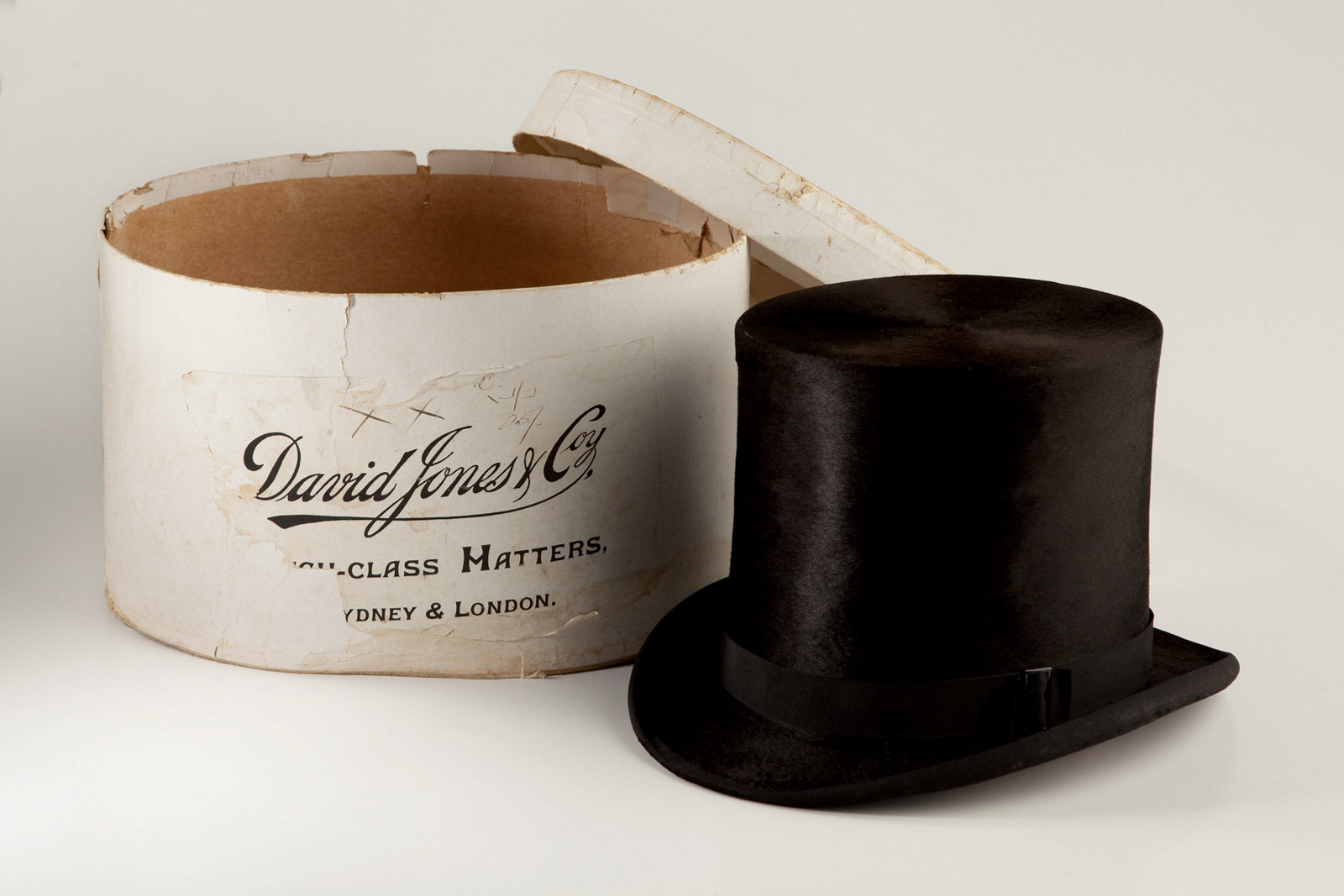Remembering John Macarthur
September 2017 marks the 250th anniversary of the birth of John Macarthur: wool pioneer, politician, rebel, businessman, family man, and builder of Elizabeth Farm.
Today, over 220 years since Parramatta’s Elizabeth Farm was first occupied, visitors to the iconic colonial homestead sit around the dining table, overlooked by a copy of a portrait of the estate’s creator, John Macarthur. It’s in this room during tours that we discuss Macarthur and his family: what sort of man was he? How did he and his family gain such influence in the colony? How did their contemporaries see them, and how do we view their achievements today? These questions are all the more poignant as we mark the 250th birthday of John Macarthur, a figure who rampages across the pages of early colonial history, dividing opinions in his wake.
We don’t know Macarthur’s actual birthday, but he was baptised, in Cornwall, on 3 September 1767, so it must have been close to that date. He was of Scottish descent, one of many expatriate Scots who would make NSW their home, determined to reinvent themselves and, certainly in Macarthur’s case, create a new dynasty.
...a man of strong passions [who] observes no medium in anything. He is equally ardent in his exertions to serve as ... to injure … Naturally fractious and turbulent, he considers the accomplishments of his plans as secondary to the subjugation of his opponents...
Governor Darling to Under-Secretary Hay, 2 September 1826
‘… no medium between friendship and enmity’
The portrait of Macarthur familiar to many Australians is that from the (now obsolete) green two-dollar note, which celebrated national achievements in wheat and wool production. The face, redrawn from an original portrait still displayed at the family’s second estate, Camden Park, has a proud, aloof expression – traits well known to many of Macarthur’s contemporaries. In 1826 he was described by Governor Darling as ‘a man of strong passions’ who ‘observes no medium in anything. He is equally ardent in his exertions to serve as ... to injure … Naturally fractious and turbulent, he considers the accomplishments of his plans as secondary to the subjugation of his opponents’.1
Yet despite his volatile personality, Macarthur made and maintained firm friendships and patronage links, and was fiercely devoted to his wife and family. After returning to England in 1821, Commissioner John Bigge recalled with pleasure ‘the animated picture of cheerful industry, pleasing society and domestic happiness which the two residences of Camden and Parramatta … presented’.2
Wool pioneer, political rebel
Central to Macarthur’s story are his achievements in championing an emerging colonial wool industry. While he wasn’t the only colonist convinced of the viability of wool as an export commodity, he was certainly the most vocal. In 1803 his early petitioning of influential figures in London, along with the samples he showed to wool merchants, did much to promote the fledgling industry, and secured the considerable land grant that would become Camden Park.
This was at a time when the identity of the colony was contested: was it destined to be no more than a penal colony or did it have a future with full legal rights and a prosperous internal economy? What would be the role of the free settler as opposed to the emancipated convict? Despite his determined self-interest, Macarthur’s pivotal actions in the 1808 overthrow of Governor Bligh, in the so-called ‘Rum Rebellion’, were in many ways the inevitable product of these debates and tensions. Exiled for a decade for his actions in Australia’s only successful coup, he was allowed to return in 1817 on the condition he didn’t interfere in colonial politics. It was a condition he soon ignored, as Governor Macquarie discovered. Ironically, because of his position and legal knowledge Macarthur would be appointed in 1825 to the Executive Council that advised governors Darling and Bourke.
A joint endeavour
No biographies of Macarthur are currently in print and, extraordinarily, no full biography has been written since Malcolm Ellis’s 1955 work.3 Perhaps what’s most needed, however, is a study of the Macarthur family as a whole. Macarthur’s limitations and lengthy periods of exile and illness meant that his successes depended heavily on the support of his family, friends and, despite his public disdain for them, his well-treated convict staff. His younger sons, James and William, provided both the oversight and development of the flocks, while Edward and John junior oversaw sales and the market – and the necessary politics and networking – in London. To use modern business terms, the enterprise operated as a vertically integrated structure. Binding the whole together was the patience and fortitude of Macarthur’s wife and inspiration, Elizabeth.
Private realities of a public figure
While any medical diagnosis made almost two centuries later is inherently difficult, it seems likely that Macarthur suffered from bipolar disorder, a condition that wasn’t understood or treatable in the 19th century. Throughout his recorded life, Macarthur experienced highly energised periods when, with ‘steam engine power’,4 he easily juggled politics and business and pursued his love of building, followed by bouts of crippling depression. The latter increased in both frequency and severity later in his life, and culminated in his being declared insane in 1832. He died on 11 April 1834.
Notes
- Governor Darling to Under-Secretary Hay, 2 September 1826, Historical Records of Australia, vol XII, pp522–3.
- J W Bigge to James MacArthur, 12 December 1827, James Macarthur letters 1819–46, ML A2922, State Library of NSW.
- The most recent study, a partial history by Michael Duffy, Man of honour: John Macarthur – duellist, rebel, founding father, Macmillan, Sydney, 2003, focused on the years before and during the ‘Rum Rebellion’, and highlighted the need to understand the subject in his own terms, as a product of his times and of a distinct social code.
- Elizabeth Macarthur to her son Edward, 5 June 1832, Mrs John Macarthur, journal and correspondence 1789–1840, ML A2906, State Library of NSW.
Published on
Related
Browse all
Convict Sydney
John Macarthur - Ambitious, volatile, self-confident
John Macarthur is well remembered as an ambitious and ruthless soldier who forged a powerful colonial farming dynasty

The Maltese connection: the unexpected origins of Elizabeth Farm’s convict workers
The story of three men from Elizabeth Farm shows that theft was only one reason for transportation and that Britain was far from the only source of convicts sent to NSW

Bicornes, bonnets & boaters
There’s a variety of headwear across our collections ranging in date from early to late nineteenth century

In the pink at Elizabeth Farm
Amid the late summer bounty in the garden at Elizabeth Farm, the crepe myrtle is the undoubted star of the show
